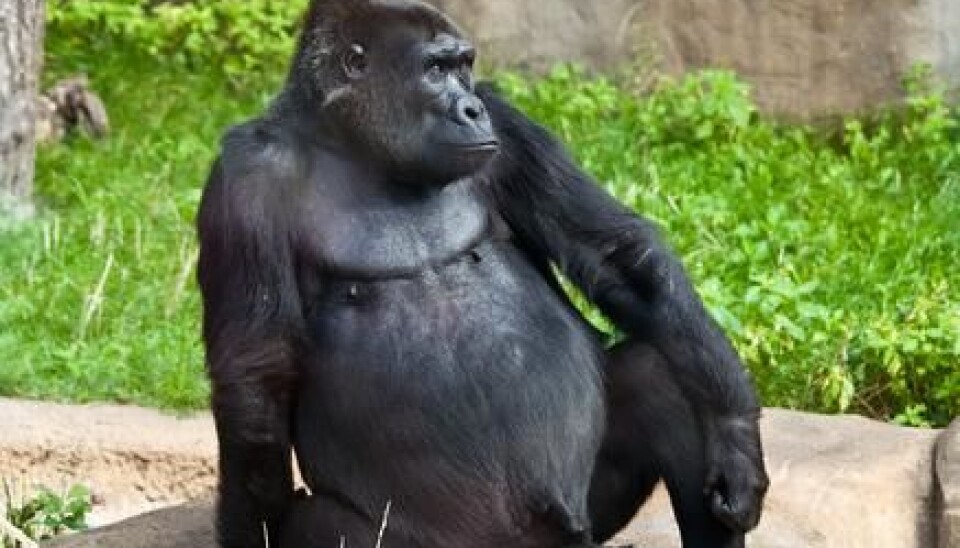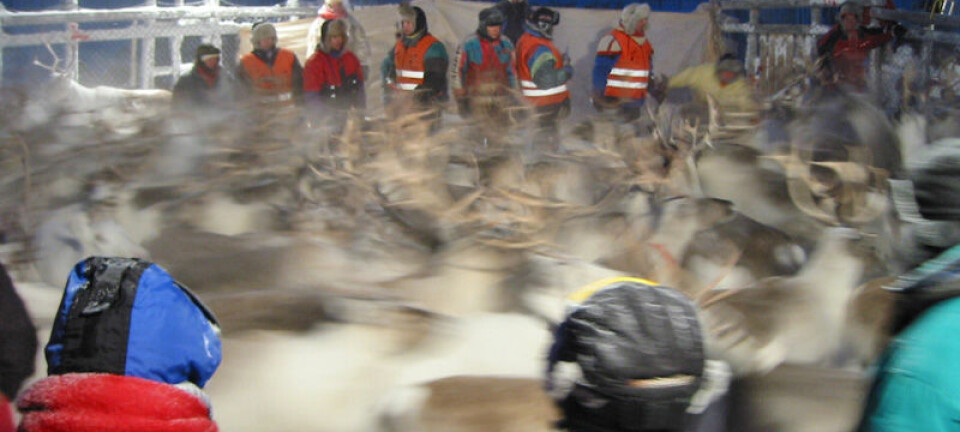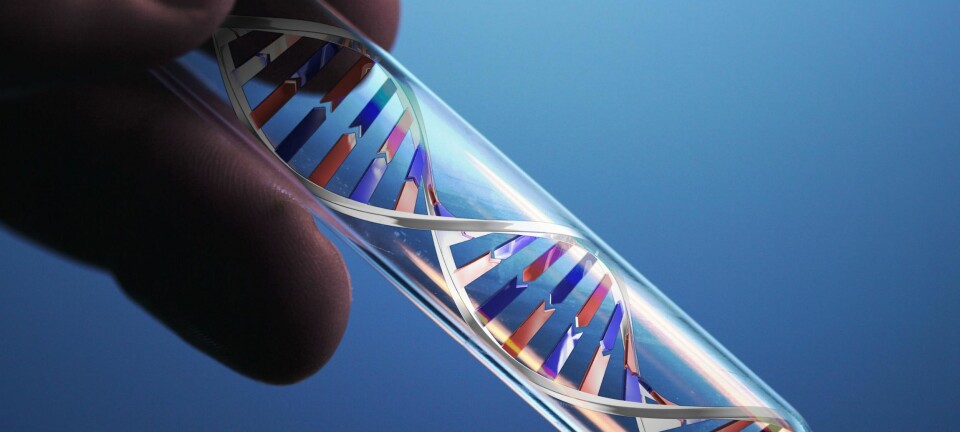
Gorilla genome casts new light on human evolution
Scientists have now managed to map the entire gorilla genome. The findings reveal the most accurate picture so far of the evolution of the great ape.
Researchers recently mapped the orangutan genome, and now an international team has mapped the gorilla genome too.
This completes the genome mapping of all four genera of the great ape: the gorilla, the chimpanzee, the orangutan and humans.
The findings were published in the scientific journal Nature today.
”On a general level, the gorilla genome was the missing piece in the puzzle, which we’ve now put in place,” says Associate Professor Thomas Mailund, of the Bioinformatics Research Centre at Aarhus University, who was one of the researchers in the international team.
We tend to believe that our common ancestor looked like chimpanzees, but we mustn’t forget that they, too, have evolved over the past 6.5 million years.
Thomas Mailund
“We will now be able to pinpoint exactly when the split between humans and the other three great apes took place.”
Genome differences to be translated into years
In connection with the completed mapping of all four genomes, a natural next step was to compare them.
By spotting differences in the genomes, the scientists could determine the exact degree of difference between the great apes.
It turns out that 99 percent of the chimpanzee genes are identical to ours. We share 98 percent of our genes with the gorilla, and our most distant relative, the orangutan, has 97 percent of its genes in common with us humans.
A single percentage point may not sound like much, but it’s important to keep in mind that there is only a one per mille difference between one human and another, regardless of where on Earth they’re from.
So even though we have 99 percent in common with the chimpanzee, it’s the remaining one percent that causes all the differences.
Comparing genomes
Mailund says that scientists have spent years on studying the differences between the great ape genomes, but this is the first time they have been able to compare entire genomes from all four genera and not just fragments.
“If we want to find out when we became separate species, the big challenge no longer lies in spotting the differences in our genomes. The real challenge now is to translate these differences into years.”
The research team estimates that man was separated from the gorilla ten million years ago; from the chimpanzee 6.5 million years ago and from the orangutan twelve million years ago.
“Our next step involves looking into how the genes have shaped each individual ape,” says the researcher.
“We tend to believe that our common ancestor looked like chimpanzees, but we mustn’t forget that they, too, have evolved over the past 6.5 million years. If we can figure out what our common ancestor looked like, that would be fantastic.”
-------------------------
Read this story in Danish at videnskab.dk
Translated by: Dann Vinther






